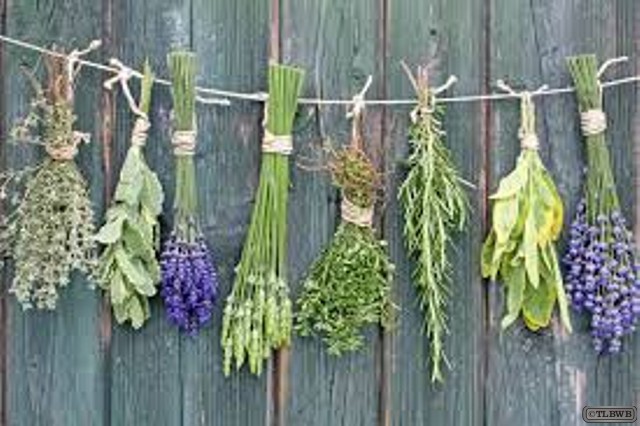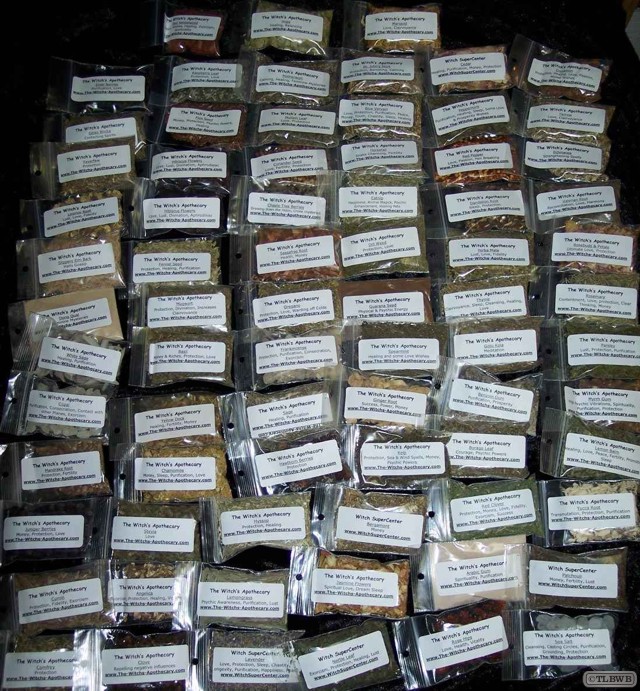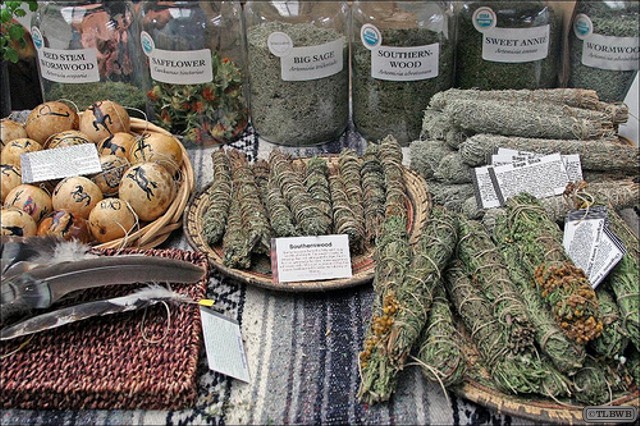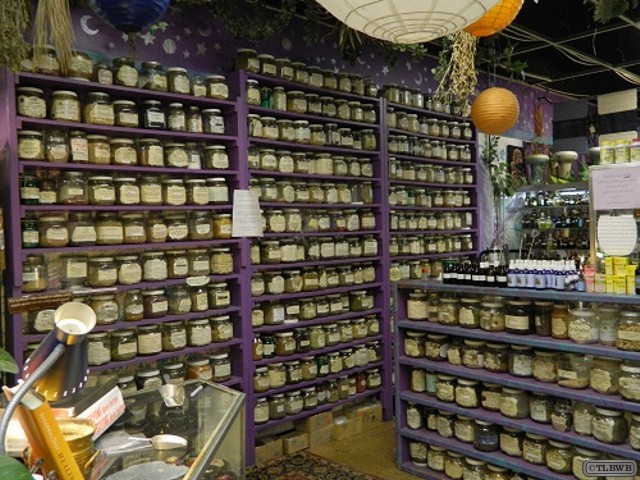In general use, herbs are any plants used for food, flavoring, medicine, or perfume. Culinary use typically distinguishes herbs from spices. Herbs refer to the leafy green parts of a plant (either fresh or dried), while a “spice” is a product from another part of the plant (usually dried), including seeds, berries, bark, roots and fruits.
In American botanical English the word “herb” is also used as a synonym of “herbaceous plant”.
Herbs have a variety of uses including culinary, medicinal, and in some cases spiritual usage. General usage of the term “herb” differs between culinary herbs and medicinal herbs. In medicinal or spiritual use any of the parts of the plant might be considered “herbs”, including leaves, roots, flowers, seeds, resin, root bark, inner bark (and cambium), berries and sometimes the pericarp or other portions of the plant.
Sacred Herbs
Herbs are used in many religions. For example, myrrh (Commiphora myrrha) and frankincense (Boswellia species) in Hellenistic religion, the nine herbs charm in Anglo-Saxon paganism, neem (Azadirachta indica) leaves, bael (Aegele marmelos) leaves, holy basil or tulsi (Ocimum tenuiflorum), turmeric or “haldi” (Curcuma longa), and cannabis in Hinduism. Rastafari also consider cannabis to be a holy plant.
Siberian shamans also used herbs for spiritual purposes. Plants may be used to induce spiritual experiences for rites of passage, such as vision quests in some Native American cultures. The Cherokee Native Americans use both white sage and cedar for spiritual cleansing and smudging.
Herbs and Wicca
Magical herbs have played a very intricate role in Wiccan religion for centuries. They are used throughout the craft for smudging in cleansing rituals, healing the sick, charm bags and in spell work. Pure essential oils are extracted from them for use in spell work and in aromatherapy. They can be burned as herbal incense, embedded in homemade candles or applied to the surface of oiled candles for use in candle magic.
The Lost Bearded White Brother




Leave a Reply